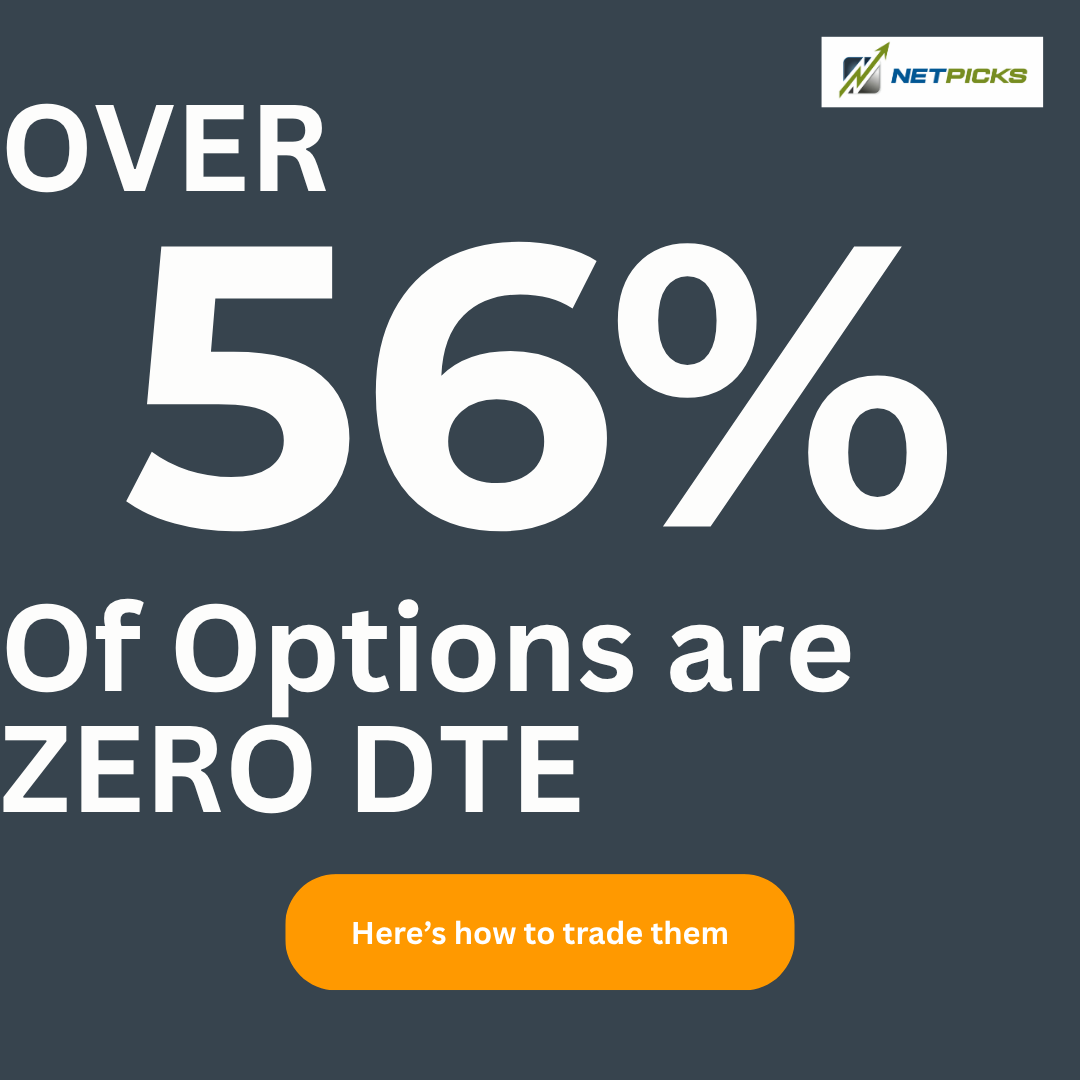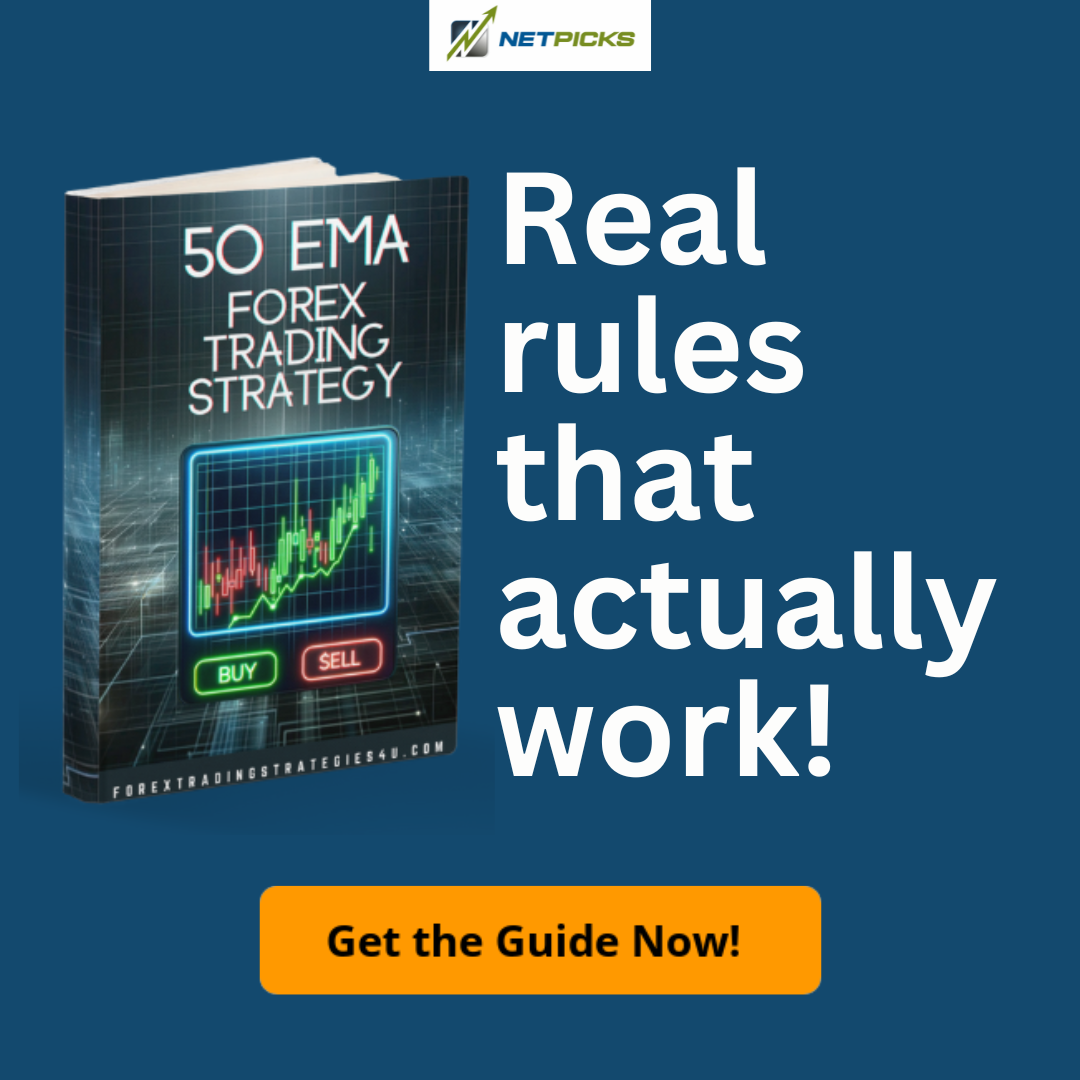- May 5, 2025
- Posted by: CoachMike
- Categories: Options Trading, Trading Article

I’ve spent over a decade trading through wild market swings, and I’ll share what really works. Market volatility can wreck your portfolio if you don’t have the right strategy. Most traders panic when prices start bouncing around. But I’ve discovered specific techniques to stay profitable even during the most uncertain times. Let me show you how to turn market chaos into opportunity through proven methods that have consistently delivered results.
Vital Highlights
- Implement a rules-based trading system with clear entry/exit points to avoid emotional decision-making during market swings.
- Use technical indicators like moving averages and momentum signals to identify high-probability trading opportunities amid volatility.
- Limit risk exposure to 1-2% per trade and set firm stop-losses before entering positions.
- Focus on proven strategies and repeatable patterns rather than reacting to market headlines or news events.
- Scale out of winning trades and move stops to breakeven to protect profits while maintaining market participation.
Understanding Tariff Impact on Market Dynamics
Tariffs have become a major source of uncertainty for traders in today’s volatile markets. I’ve noticed how tariff implications create daily swings in stock prices that can catch traders off guard.
Market responsiveness to tariff news often leads to rapid price movements. I watch these moves carefully to identify potential trading opportunities while maintaining strict risk controls.
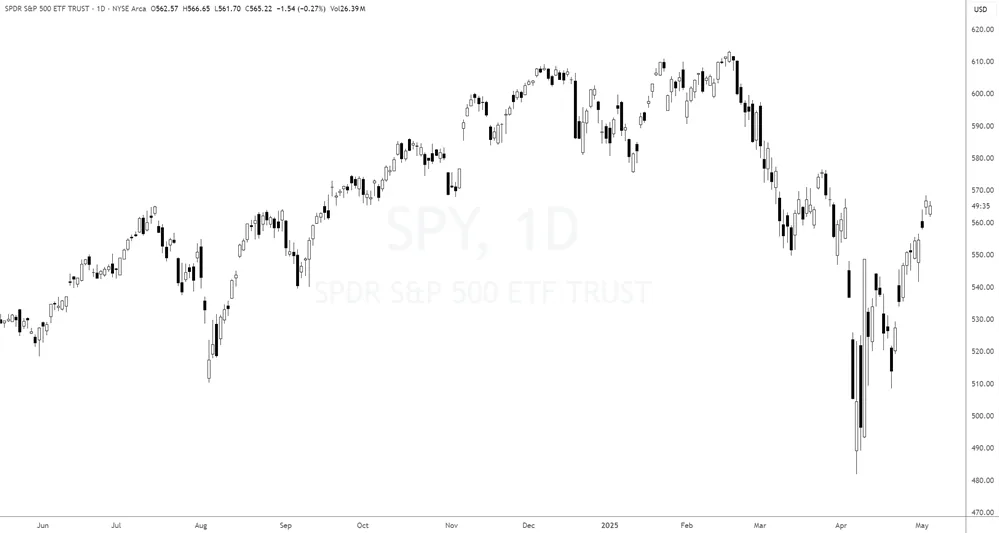
I’ve learned that success comes from staying focused on my system rather than reacting to every headline. The S&P 500 ETF shows high volatility but also presents clear entry and exit points.
When I stick to my proven strategy, I can handle these choppy markets effectively.
Key Market Indicators and Technical Analysis
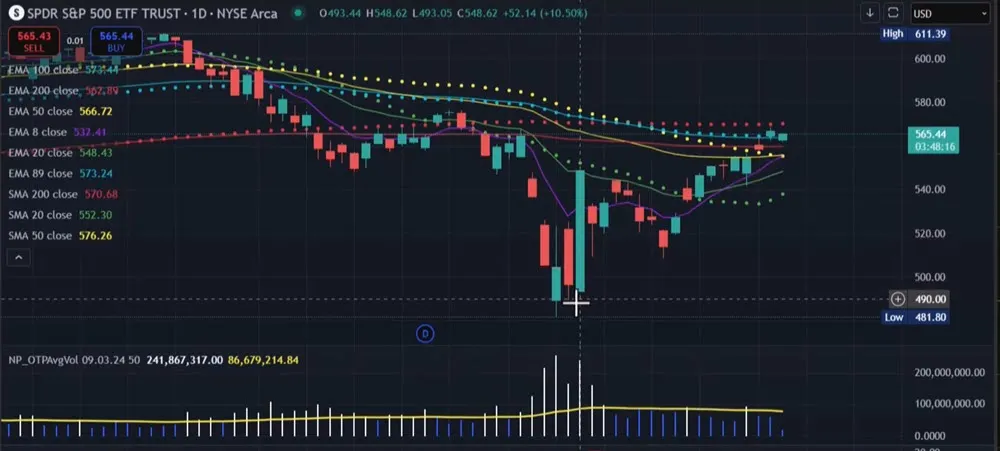
While market headlines grab attention, I depend on specific technical indicators to guide my trading decisions. These proven tools help me cut through the noise and focus on what matters – price action and market sentiment.
- Watch the 200-period SMA carefully – it’s currently acting as resistance at 570.
- Monitor the Pulse indicator crossing below zero for potential short setups.
- Track daily price movements against key support and resistance levels.
- Pay attention to multiple timeframes, especially the 130-minute chart.
I’ve found success by sticking to these indicators rather than reacting to every news headline. They provide clear signals for entries and exits.
Building a Robust Trading System
Successfully handling volatile markets requires a proven trading system that removes emotion from decision-making. I’ve found that a strong system needs clear entry and exit rules along with defined risk parameters.
Trading psychology plays a important role in system development. You’ll want to create rules that prevent impulsive trades during market swings.
I recommend using a trading calculator or checklist to validate each trade setup so there is no guesswork about trading or not trading.
System adaptability is essential for long-term success. Your approach should work in both trending and choppy markets.
I suggest testing your system with small positions first. This helps build confidence while confirming its effectiveness across different market conditions.
Effective Risk Management Techniques
Managing risk effectively starts with properly sizing your trades. I’ve learned that conducting a thorough risk assessment before entering any position helps protect your capital.
When you limit each trade to 1-2% of your total account you’ll sleep better at night.
- Set firm stop losses before entering trades and stick to them
- Scale out of winning positions to lock in profits
- Move stops to breakeven after reaching first targets
- Never risk more on a trade than you’re willing to lose
Loss limitation isn’t just about surviving this trade – it’s about staying around long enough to catch the big moves that matter.
Case Study: Trading Apple Stock
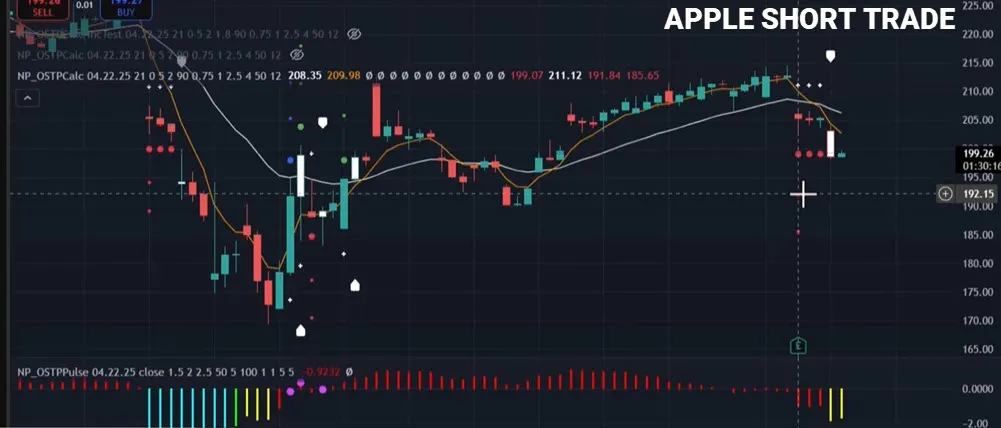
Let’s examine a recent Apple stock trade that demonstrates our systematic approach to the markets. I do explain this fully in the video above.
I noticed bearish market sentiment when Apple dropped $6 in one session. My trading psychology remained calm as I followed our system’s signals. The Pulse indicator crossed below zero showing downside energy.
I entered at 199.07 with 197.5 puts costing $5 per contract. Target 1 sits at 191.84 and Target 2 at 185.65. My initial stop is set at 111.12 limiting risk to $500 per contract.
This methodical setup removes emotion and lets the market guide my decisions. Time will tell if we hit our targets.
Time-Tested Trading Tactics and Results
While market volatility can seem intimidating, my time-tested trading tactics have delivered consistent results through various conditions. I’ve found that success comes from managing trading psychology and reading market sentiment correctly.
- Track your wins and losses carefully – it builds confidence in your system
- Don’t let emotions override your trading plan when markets get choppy
- Stick to your predetermined entry and exit points without second-guessing
- Remember that consistency beats trying to hit home runs every trade
I focus on repeatable patterns rather than chasing headlines. My systematic approach has helped me maintain a level head during both bull and bear markets.
When you follow a proven system, the market noise becomes less distracting.
Your Questions Answered
How Do Personal Trading Psychology and Emotions Affect Success in Volatile Markets?
I’ve found that emotional resilience is important when trading volatile markets.
My success improved once I recognized my psychological biases and stuck to my trading system. I don’t let fear or greed drive my decisions anymore. Instead, I focus on my pre-determined entry and exit points.
Having clear rules helps me stay objective when markets get choppy. Break-even stops and profit targets keep my emotions in check.
How Does Options Trading Volume Influence Underlying Stock Price Movements?
I’ve noticed that heavy options volume often signals major moves in stock prices.
When traders pile into call or put options it creates pressure on market makers to hedge their positions by trading the underlying stock. This activity affects options pricing and can amplify price swings.
I look for unusual volume trends in options as they frequently predict where a stock is headed. Large institutional orders are especially telling.
When Should Traders Consider Switching From Day Trading to Swing Trading?
I recommend switching from day trading to swing trading when market volatility slows and clear trends emerge.
Day trading indicators like RSI and MACD become less effective in slow-moving markets. That’s when I look for swing trading strategies that capitalize on multi-day price movements.
I’ve found success shifting when my day trades start feeling forced or market volume drops significantly.
It’s also smart to switch if you’re seeking better work-life balance.
What Role Do Market Makers Play During Periods of High Volatility?
I’ve learned that market makers are essential during high volatility periods. They maintain liquidity by buying when others are selling and vice versa.
Their main function is to help stabilize prices through continuous two-sided quotes. They take on significant volatility risk to ensure trades can still happen smoothly.
When markets get choppy, I’ve noticed they widen their bid-ask spreads to compensate for increased risk while keeping markets functioning.

